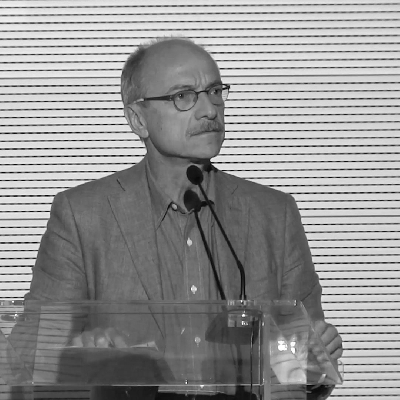What will the world be like in 30 years time, in 2049? The Blade Runner sequel is well described in Roberto Giovannini’s column. But in reality what will the situation be like? Forecasts become more and more uncertain as time goes by because the speed and radicality of change are on the rise; the variables at play become more numerous and complex; political imbalances become more violent and cover up, with some background noise, even more dangerous environmental imbalances.
The great phenomena started or multiplied by the 20th century (from the population boom to climate change, including migrations that may become of biblical proportions) will produce consequences that we can barely make out. It is a long term scenario that can act as a compass to find our way. However, since we are walking on very rugged terrain, it is good to concentrate on the next steps in order to avoid falling into a crevasse.
One of the tools the European Union is putting in place to tackle two urgent and overwhelmingly important problems – the economic crisis and the environmental crisis – is the circular economy. As we mentioned on more than one occasion in this magazine, the stakes are high. According to the European Commission, the measures contained in the circular economy package presented in December 2015 will produce considerable advantages: annual savings of €600 billion, 580,000 new jobs with annual savings of €72 billion for European companies thanks to a more efficient use of resources and thus a reduction of raw materials import and a 2-4% cut of greenhouse gas emissions.
The European Parliament opened a new debate on the new regulations which put stronger emphasis on certain aspects (for example urban waste recycling to 70% by 2030 instead of 65%, percentage of landfilled waste reduced to 5% instead of 10%).
But is Italy getting ready to face this challenge? In this issue of Renewable Matter we offer an account of the Italian strategy on the bioeconomy presented in November and of the first Master’s degree on the bioeconomy and the circular economy, achieved thanks to a synergy of the four main Italian universities (University of Turin, University of Milan Bicocca, University of Bologna and University of Naples Federico II).
But, as stated in an interview by Mario Bonaccorso to Pasquale Granata – co-founder of GFBiochemicals – “after the strategy a detailed action plan must be developped. I believe that there are three urgent measures to be taken: the first is about the creation of a market, as it successfully happened with bioplastics with the law that banned non-biodegradable shopping bags; the second is about supporting demand through green public procurement policies based on a clear system of standards and labelling; the third is about communication and popularization of the bioeconomy so that Italian consumers and public opinion know that we are not talking about a niche, but about a sector that is already creating wealth and employment, within an ecosustainability framework.”
It is a clear line of development. The problem is that at the moment this journey is faced with many obstacles on many fronts. First of all, the recovery of waste substances that, at the end of the production system, can be considered secondary raw materials rather than waste. Great Britain has produced a continuous flow of end-of-life waste decrees for the classification of such materials. Italy has struggled with the first ones last summer and many regions have not implemented the measures, thus jeopardizing many investments and jobs.
If a healthy economy is not unleashed, it will be difficult for the country to take off in the right direction.



